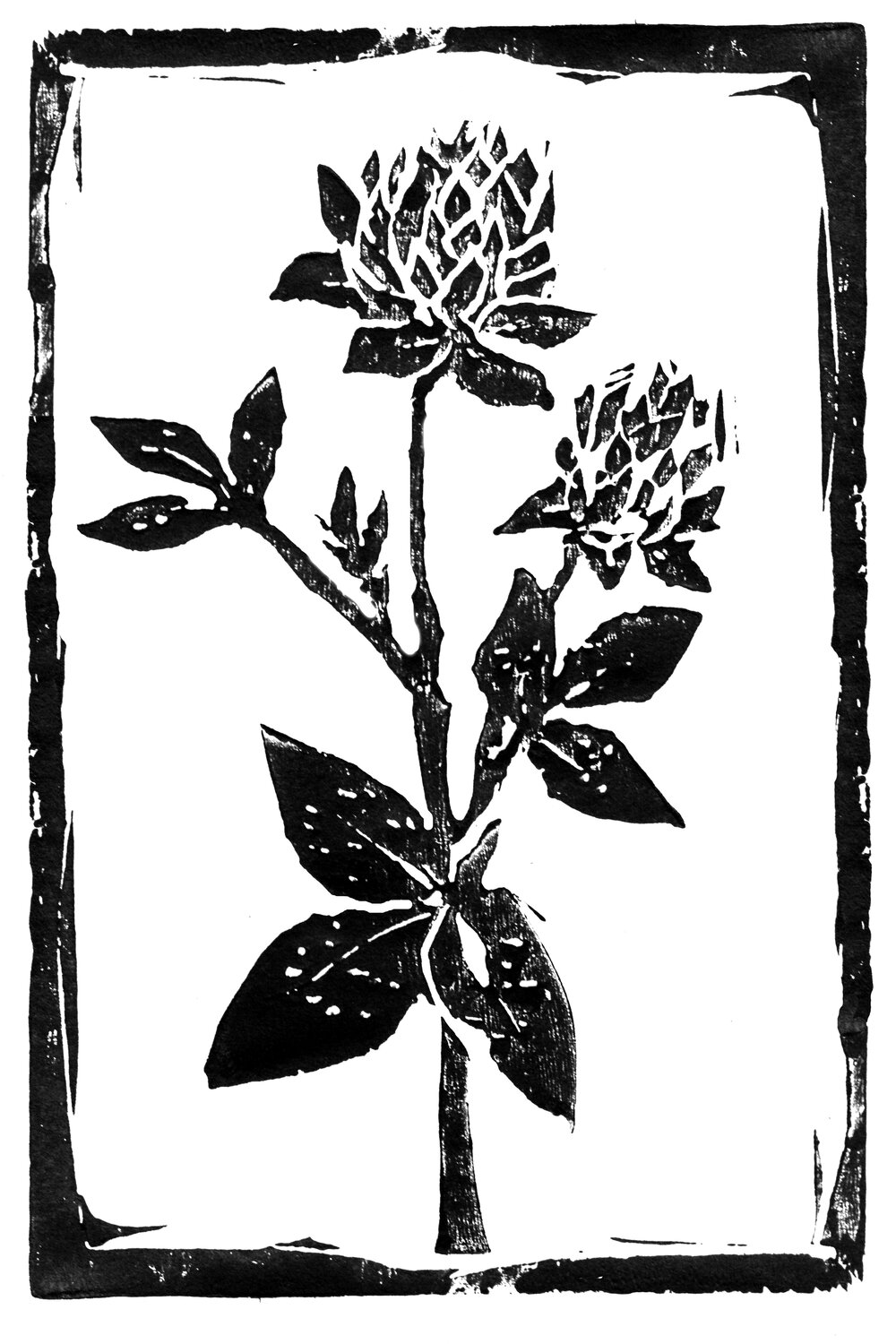Slaw Season Starts
Cabbage is often though of as a cool weather crop, but I find that our early cabbage crop is in some ways superior to the fall and winter crop. The cabbage in your share has grown very quickly, and has gotten plenty of rain, so it’s extra tender, mildly flavored and juicy. I recommend making slaws with it because it really needs no cooking. The carrots and scallions are natural partners. If you want something lighter than the traditional slaw, citrus juice and herbs with a little olive oil are refreshing, and I’ve also made an Indian spiced slaw which has cumin seeds bloomed in oil that you pour over the cabbage. If you’ve still got kohlrabi kicking around, shred that and add it to your slaw. Don’t know what to do with the choi? Even that could be chopped up and added to a slaw.
Hail storm
Last week after pickup, a powerful thunderstorm dropped some hail on us. Some of the vegetables in your share, mostly the peas, squash and lettuce may have some scars or holes from the hail. The damage is mostly cosmetic, and won’t affect flavor. -Aaron
Vegetables
Snap/Snow Peas Lettuce Carrots Yellow Squash/Zucchini Cabbage Scallions Fennel
Herbs
Upper Garden: Mint, Oregano, Sage, Thyme, Chives, Garlic Chives, Tarragon, Hyssop, Catnip , Winter savory, Lovage, lemon balm
Lower Garden: Parsley, Marjoram, Cilantro, Dill, Summer Savory, cutting celery, Borage, Basil
Bowties with Sugar Snaps, Ricotta and Lemon
1 lb sugar snap peas, cut into 1/2 inch pieces
1 lb bowtie pasta
1/2 cup finely grated pecorino romano
olive oil
sea salt
black or red pepper flakes
juice of 1 lemon
few leaves mint
1 cup ricotta
Cook pasta, then add peas three minutes before it would be done. Drain, reserve 1 cup pasta water. Add back to pot with 1/2 cup pasta water, grated cheese, a few tbsp olive oil, salt and pepper. Toss over high heat for a minute, adding more water if it looks dry. Take off heat, dollop with ricotta, tip into serving bowl. Drizzle with oil, lemon juice, sprinkle with mint and extra grated cheese. from smittenkitchen.com
Roasted Fennel Pesto
1 cup chopped fennel bulb
1 cup extra virgin olive oil
1/2 cup blanched slivered almonds
3/4 cup fennel fronds
2 cloves garlic
salt
Preheat oven to 400. On a rimmed baking sheet toss fennel with a little olive oil and roast, stirring occasionally, until softened and lightly browned, about 12 mins. Meanwhile, scatter almonds on another sheet and toast 5 minutes. Let both cool a bit. In a food processor or blender, pulse fennel, fronds, garlic and 1/2 cup olive oil until pureed.Add almonds and 1/4 cup oil, season with salt and pulse to combine. Add remaining oil and pulse. from Serious Eats (Daniel Gritzer)
Creamy Coleslaw
8 cups shredded green cabbage
3 carrots, shredded
1/4 sweet onion, finely chopped
1 1/2 cups buttermilk
3 tbsp cider vinegar
3 tbsp sugar
3 tbsp mayonnaise
1/2-3/4 tsp celery seed
salt and pepper
Combine cabbage, carrots and onion in large mixing bowl. Stir together buttermilk, vinegar, sugar, mayonnaise and celery seed in another bowl. Pour over cabbage mixture and toss to combine. Season with salt and pepper. It will be dry, but the longer it stands the wetter it will become. Refrigerate for at least 1 hour before serving. adapted from Serving Up the Harvest, by Andrea Chesman


